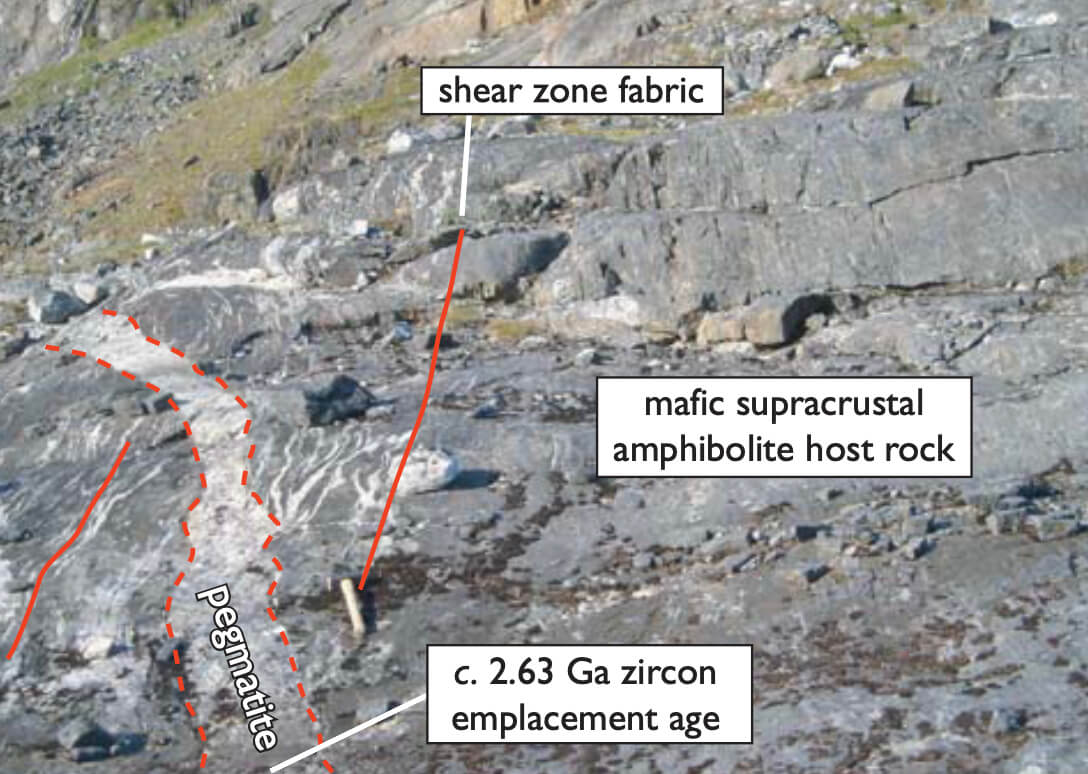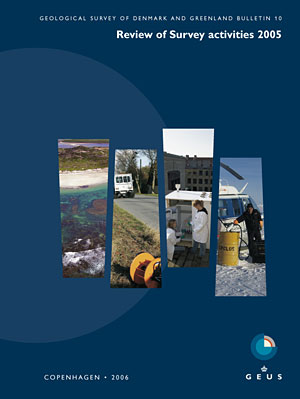
How to Cite
Share
Abstract
Until recently, in situ U-Pb zircon geochronology could be carried out only using ion microprobes, requiring lengthy analysis times of c. 20 minutes. However, new developments in laser ablation inductively coupled plasma mass spectrometer technologies have resulted in zircon geochronology techniques that are much faster, simpler, cheaper, and more precise than before (e.g. Frei et al. 2006, this volume). Analyses approaching the precision obtained via ion microprobe can now be undertaken in 2–4 minutes using instruments such as the 213 nm laser ablation (LA) system coupled with Element2 sector-field inductively coupled plasma mass spectrometer (SF-ICP-MS) housed at the Geological Survey of Denmark and Greenland (GEUS). The up to tenfold decrease in analytical time means that zircon geochronology can now be used in a much wider range of studies. The Godthåbsfjord region, southern West Greenland, contains some of the oldest rocks exposed on the Earth’s surface reflecting a very complex Archaean geological evolution (Figs 1, 2). Over recent years GEUS has undertaken a range of mapping projects at various scales within the Godthåbsfjord region (see also below). These include the mapping of the 1:100 000 scale Kapisillit geological map sheet (Fig. 1), and regional and local investigations of the environments of formation and geological evolution of supracrustal belts, hosting potentially economic mineral occurrences. Zircon geochronology is an important tool for investigating a range of geological problems in this region. By breaking down the complex geology into a series of simple problems that can be addressed using this tool, the geological evolution can be unlocked in a stepwise manner. Three examples are presented below: (1) the mapping of regional structures; (2) characterising and correlating supracrustal belts; and (3) dating metamorphism and mineralisation. Although focus is on the application of zircon geochronology to these problems, it is important to note that the resulting data must always be viewed within a wider context incorporating geological mapping and structural, geochemical and petrographic investigations.
How to Cite
Share
Downloads
Editors: Martin Sønderholm & A.K. Higgins
The Review of Survey activities presents a selection of 15 papers reflecting the wide spectrum of activities of the Geological Survey of Denmark and Greenland, from the microscopic to the plate tectonic level.
Activities in Denmark: The Survey's field of activities in Denmark is illustrated by four papers on [...]










